Can You Grow Apples From Pips? How To Plant Apple Seeds That Can Flourish
Knowing how to plant apple seeds can be a fun project that has the potential to lead to exciting future fruits. Find out a free way to grow your own homegrown apple trees
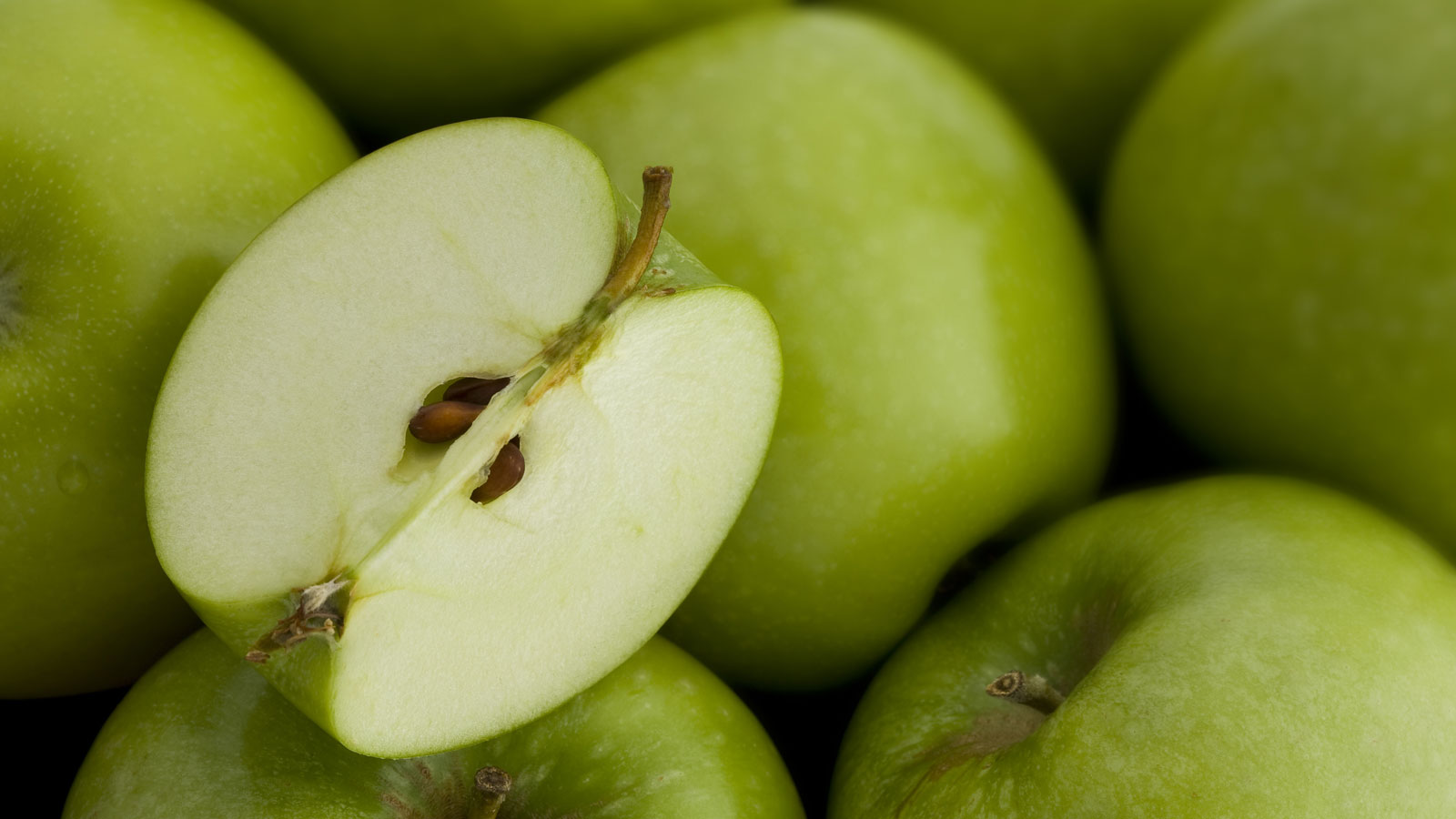

If you’ve ever feasted on a juicy, crunchy apple, stared at the pips, and wondered how to plant apple seeds, then you’re not alone. Being able to grow your own apples this way has plenty of obvious attractions for apple lovers – not least of which being that it promises a glut of future fruits for free. However, knowing how to plant an apple tree from seed does require a little thought. It’s not difficult to do, but it does require specialized knowledge, including how to germinate and stratify seeds.
Anyone familiar with apple tree planting will know that new trees grown commercially tend to come from grafts. Growing a tree from seed requires patience and may end in disappointment, as you won’t get the same type of apple that the seed came from. Still, knowing how to plant apple tree seeds can be a fun experiment, and you never know, you might just grow some interesting and tasty new fruits for free. Read on to find out how to sow apple seeds that have the best chance of fruiting success.
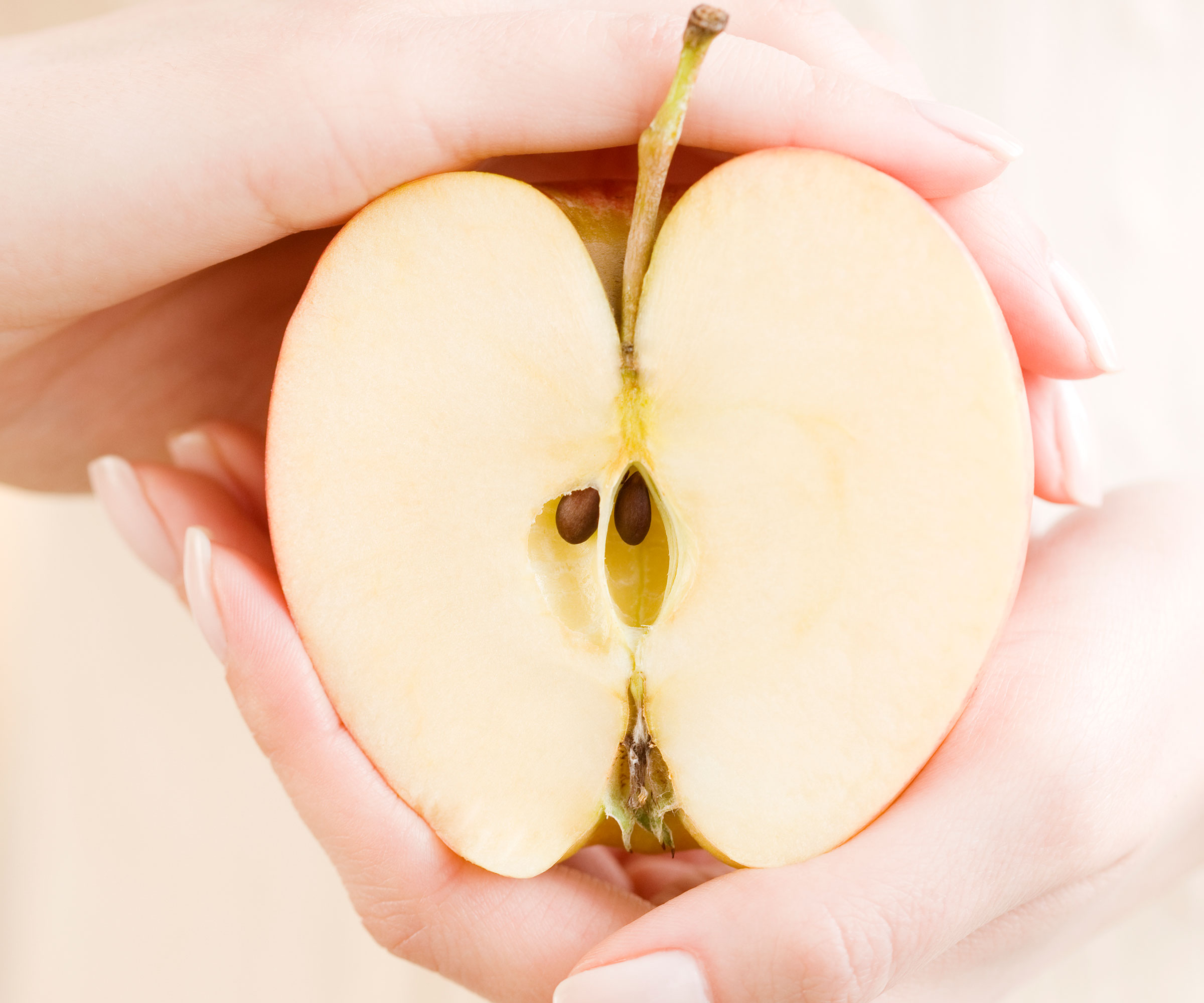
Does Variety Matter When Planting Apple Seeds?
Apples are commercially grown using grafts rather than seeds, because they do not grow true from seeds. This is because the fruits result from cross-pollination with another apple tree. There is no way to know what other tree was involved. The seed is a combination of two parents.
So, for example, if you decided to plant a Honeycrisp apple seed, you could feasibly grow an apple tree, but the fruits would not be Honeycrisps. This would be the case no matter which apple seeds you decided to try to plant. With this in mind, you can still grow a tree from seed – the nature of what you’ll eventually grow will be a mystery, but if it does fruit, it is sure to be a welcome (and hopefully tasty) treat.
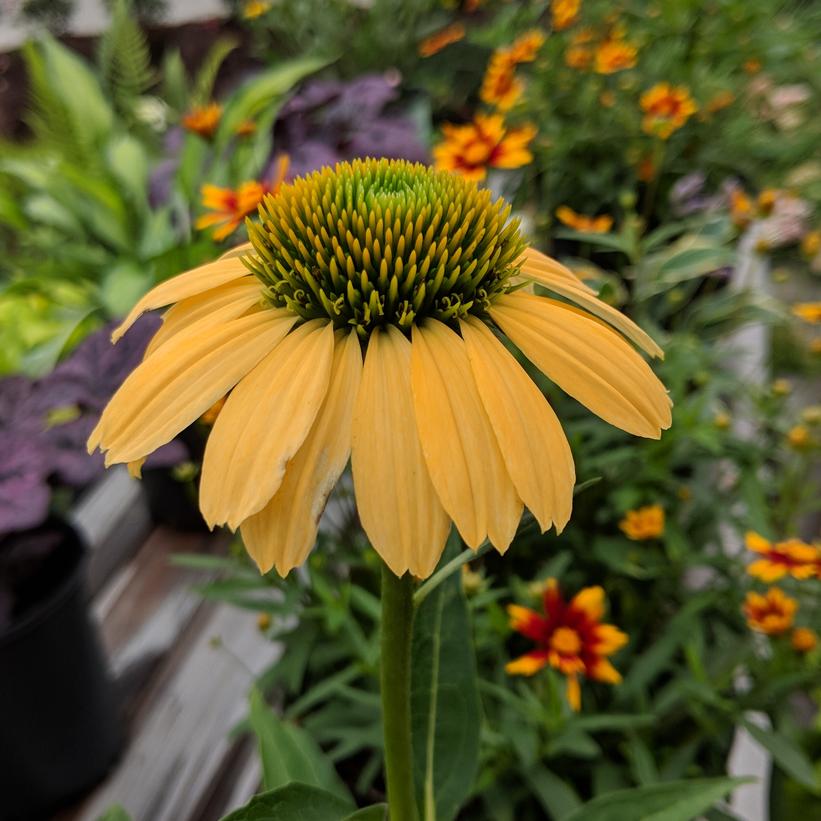
Looking for a final splash of brightness to close out the growing season? Add fall color to your garden with these plants from the Gardening Know How Shop.
When and Where to Plant Apple Seeds
When it comes to knowing how to plant apple seeds that have the best chance of becoming healthy trees, timing is everything. If you want to try directly sowing seeds in the ground, you should plant them in the fall. This allows the seeds to stratify naturally. Stratification is a period of exposure to cold temperatures which seeds need to go through in order to break dormancy and germinate.
If you are growing seeds indoors, plant your seedlings outside in spring. This will give them a long growing season to establish before winter. Sow seeds or transplant seedlings outdoors in a spot with full sun and moist, well-drained soil. When your tree is ready to flower, it will need another apple tree nearby for cross-pollination.
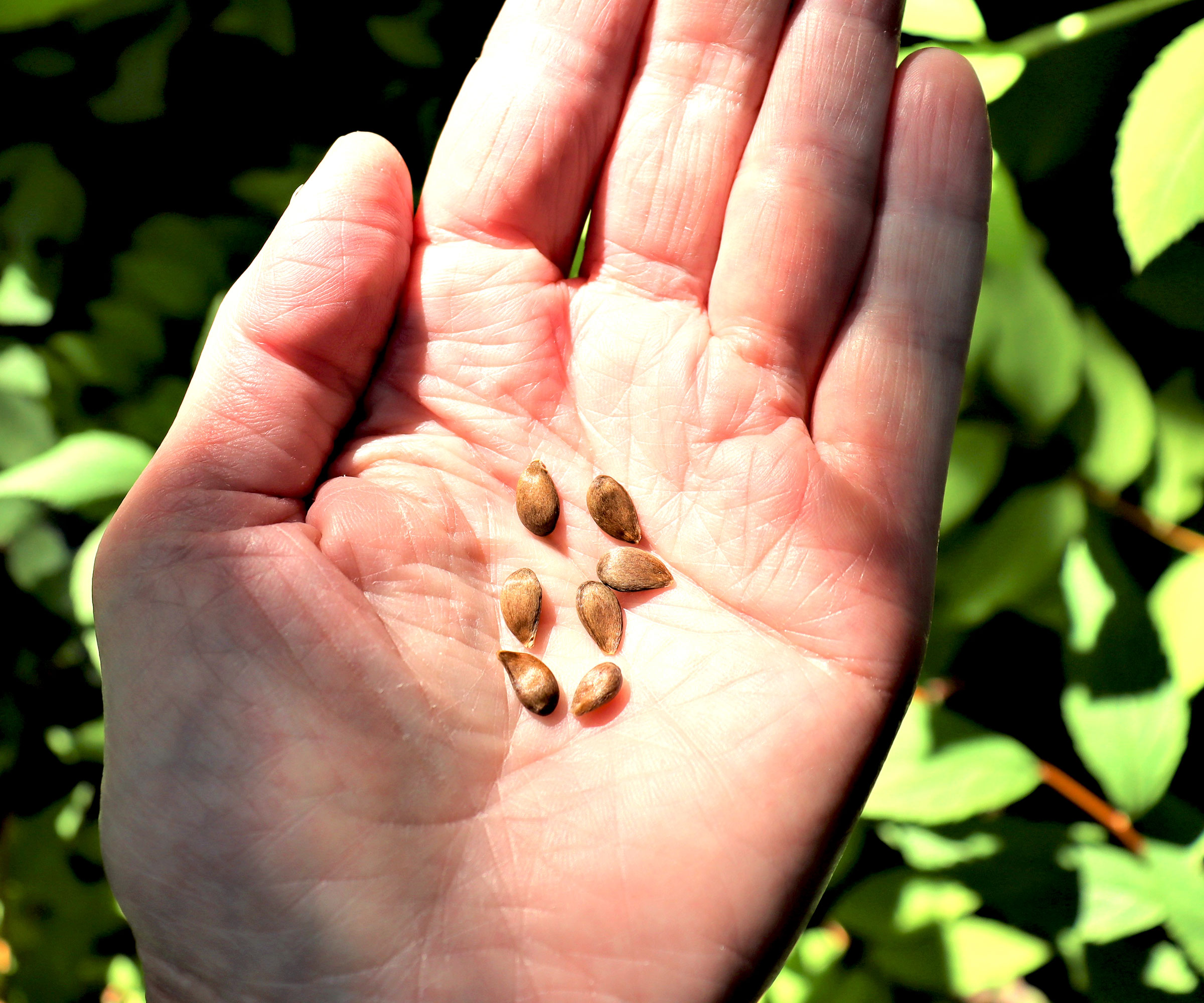
How to Sow Apple Seeds
Above all, growing apples from scratch requires patience. However, as long as you take your time, you won’t need much in the way of tools, or advanced techniques. Just follow these steps when sowing apple seeds for successful germination:
Gardening tips, videos, info and more delivered right to your inbox!
Sign up for the Gardening Know How newsletter today and receive a free copy of our e-book "How to Grow Delicious Tomatoes".
- Remove the seeds from a mature, ripe apple and clean them of any fruit pieces. Let the seeds air dry.
- Keep the seeds in a cold place for 70 to 80 days. The best temperature for stratifying apple seeds is 40 degrees Fahrenheit (4.4°Celsius).
- Gently rub your apple seeds on some sandpaper in order to nudge the germination process along.
After the seed stratification period, you can sow the seeds in pots or directly outdoors. Knowing how deep to plant an apple seed is another factor that will improve your success rate. About a half inch (1cm) is just right. Keep the soil consistently moist as you wait for your apple seeds to germinate and sprout.
The best way to plant apple seeds is to use containers so you can better control conditions. Indeed, you may find you want to keep growing apples in containers beyond the initial planting stage. Use several seeds as not all will germinate. If you sow seeds directly outdoors, provide protection to keep animals from digging them up before they can germinate.
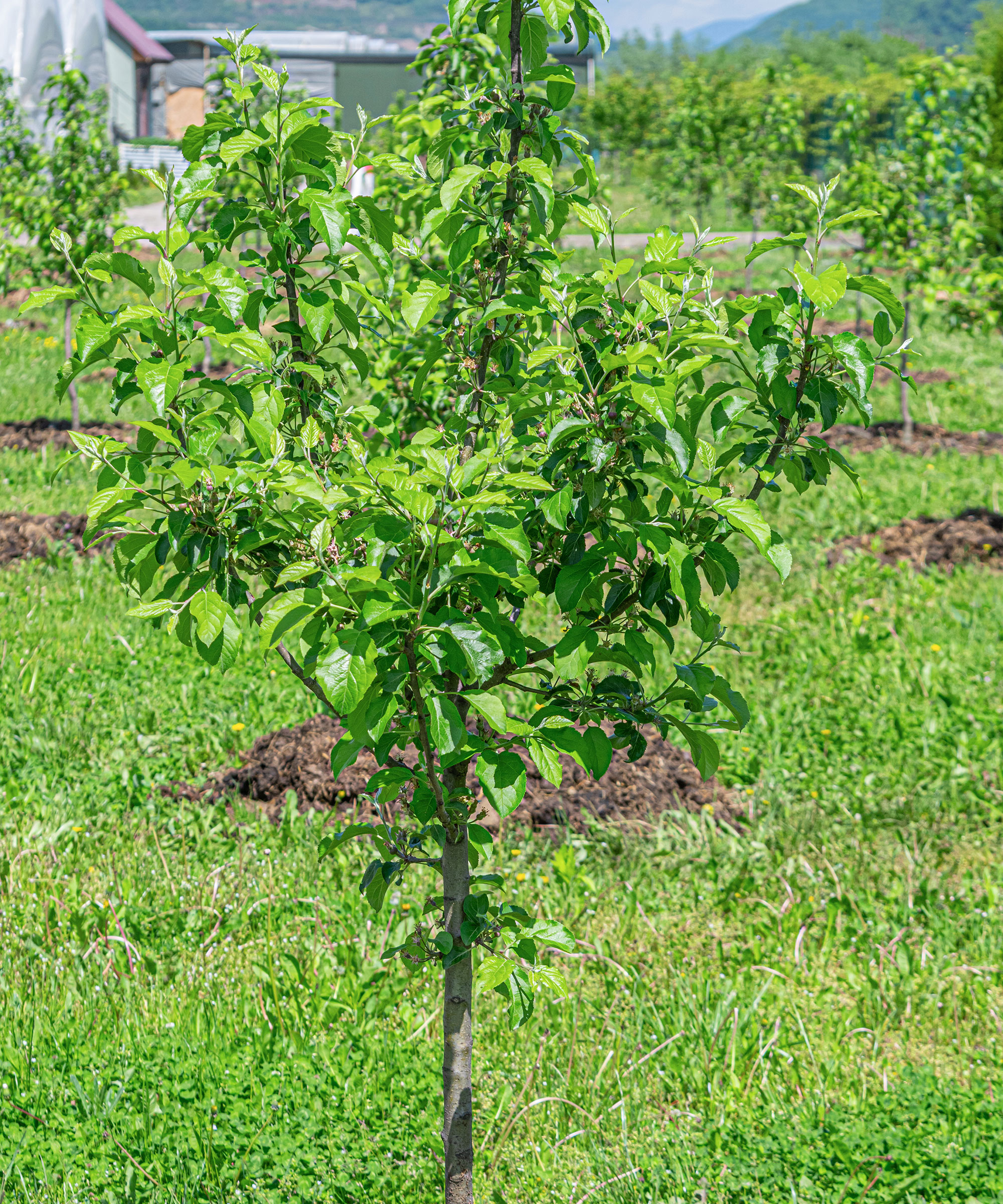
Best Care for Apple Seedlings
Once you have some healthy, vigorous seedlings, continue to care for them so at least one will successfully grow into a tree. Apple trees grow best in full sun and moderate temperatures. They need consistently moist soil that does not get waterlogged. Water regularly and deeply to help young plants develop strong roots.
If you are transplanting seedlings outdoors, amend the soil as needed. Add compost for nutrients and make sure it drains well. You can also provide a balanced, water-soluble fertilizer every few weeks during the growing season to help keep your young apple trees strong and healthy. Good luck!
Frequently Asked Questions
Do You Need to Dry Out Apple Seeds Before Planting?
Yes, if you are serious about growing apples from seeds, apple seeds should be dried. They also require stratification (a period of cold temperatures) before planting to maximize your chances of cultivating the healthiest and most productive apples.
How Long Does it Take an Apple Tree To Grow from Seed?
Apple seeds must be chilled for a few months before they germinate. Once chilled, they should germinate and sprout quickly. Just bear in mind that it can take seven to 10 years for that humble apple seed to mature into a healthy fruit-producing tree.
This article features products available from third-party vendors on the Gardening Know How Shop.

Mary Ellen Ellis has been gardening for over 20 years. With degrees in Chemistry and Biology, Mary Ellen's specialties are flowers, native plants, and herbs.